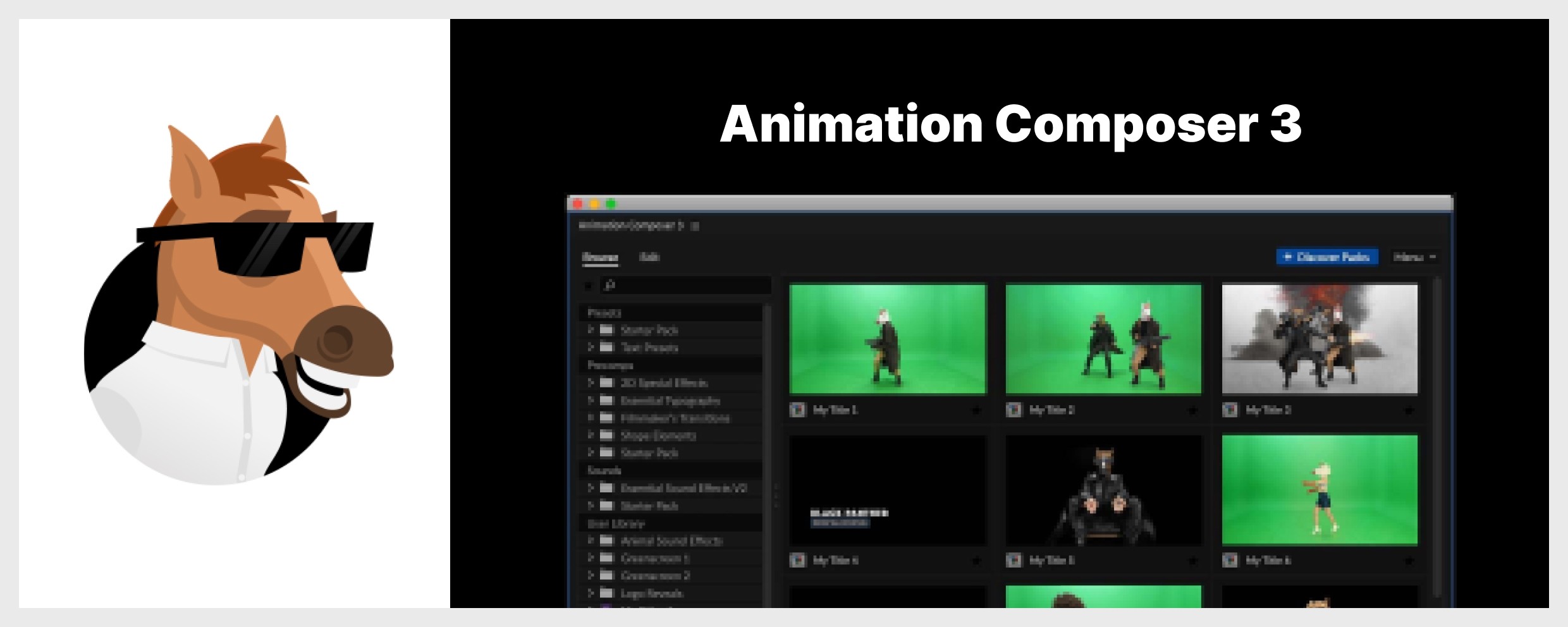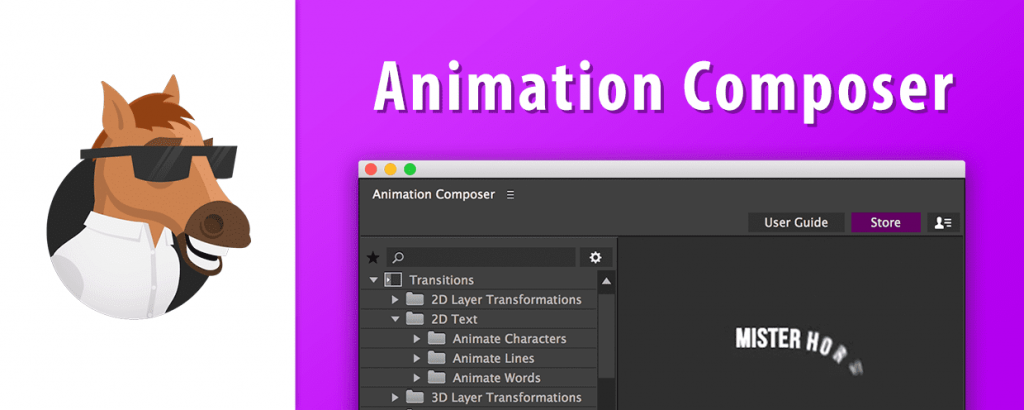
- #ANIMATION COMPOSER AROUND ANCHOR POINT CODE SNIPPETS FOR#
- #ANIMATION COMPOSER AROUND ANCHOR POINT MAC OR CONTROL#
- #ANIMATION COMPOSER AROUND ANCHOR POINT HOW TO IMPLEMENT AN#
Animation Composer Around Anchor Point Mac Or Control
Then select the layer you want to. Select the effect or property in the Timeline Panel beneath the layer and to copy it use Command+C if you’re on a Mac or Control+C if you’re on a PC. Hit UU to show the modified properties of a layer. This will bring up any modified properties on the layer. Hit UU the U key twice rapidly.
If you want to rotate an around a specific point, like a forearm rotates from an elbow, you need to adjust the pivots position. By default, the pivot point of an object or group of objects/components is located at its center. The pivot point defines the position around which objects or components are rotated and scaled. Anchor points 212,218,221,484 aligning in Illustrator 273 animated GIFs. 124 Adobe Every-line Composer 479 Adobe Single-Line Composer 479 AIFF 345.


High-quality facial animation that uses the face-tracking tech in the iPhone. None.The problem: the anchor point in React Native is always the center of the component (0.5, 0.5) since it uses the default settings on iOS and Android. Specifies the pre-, middle-, or post-position GD&T symbol.
For example, applying a rotation transform to a layer with the default anchor point causes the layer to rotate around its center. All geometric manipulations to the view occur about the specified point. The default value of this property is (0.5, 0.5), which represents the center of the layer’s bounds rectangle.
Animation Composer Around Anchor Point How To Implement An
Animation Composer Around Anchor Point Code Snippets For
React Native 2D Anchor Point Steps For A Custom Transform OriginIn the simple case you need to rotate the component around a custom anchor point that is only different in x- and y-position, e.g. In the end there is also a guide how to implement an animated 3D cube in React Native. You can read about it in the Android View Documentation.Still there are good news: With a simple trick and some math, you can implement the transform-origin feature in React Native by yourself without using any third party library and create things like this:In this guide, I will provide explanations and code snippets for different rotation examples as well for animations with React Native Reanimated 2.
In the starting position, the component's anchor point is the center point of the View at (50 50). All the steps can be also seen visually in the image below. The following steps show an example for rotating around the top-left corner of a square view with width and height 100. With the following trick you can rotate it around any point. Still you can apply of course 3D rotations using this anchor point.In the default case the component will rotate around its center. The anchor point only needs to be specified in 2D.
0 is the y-coordinate of the desired anchor (top left corner). 50 is here half of the height of the component, which is the y-coordinate of the original anchor point. In y direction the component needs to be translated by ty = 50 - 0. 50 is half of the width of the component and 0 is the x-coordinate of the desired anchor point (top left corner). In x direction the component needs to be translated by tx = 50 - 0.
In the last step the translation needs to be undone, which means the View is simply tranlsated back by (-50 -50).Voilà! The component is rotated around a custom anchor point.Translations and rotations are implemented in the style property using transform. The transform origin for the transformation is at the position of the original anchor point, which is now where the top left corner is. In this case it is a counterclockwise rotation by a few degrees.
The original anchor point is calculated using the squareSize variable.Const RotatedSquare = ( ) => ) The full source code for this chapter can be found here on Github. The following snippet shows a square component with size 50. Here the four translations (two translations in x- and two translations in y-direction) are implemented as well as the rotation in between.
Affine Transformations Translation And Rotation OperationsIn vector algebra a translation is normally represented as a vector addition, e.g.:Rotations are represented as matrix multiplications. There is a good reason for that: the transform property in React Native does not support a translateZ feature.However, the matrix property is supported and with some math knowledge you can simply implement and use the translateZ feature by your own. Up to now only x- and y-coordinates of the anchor point were specified.
A rotation is also a linear map):The good thing about this is that with a simple trick it is possible to express these two operations in a single matrix multiplication. The 3x3 rotation matrix around the x axis is:Rotating a vector x by 30 degree around the x axis looks like the following: Affine MapsNow what is a so called affine map? An affine map f(x) is the composition of a translation and a linear map (e.g.


 0 kommentar(er)
0 kommentar(er)
